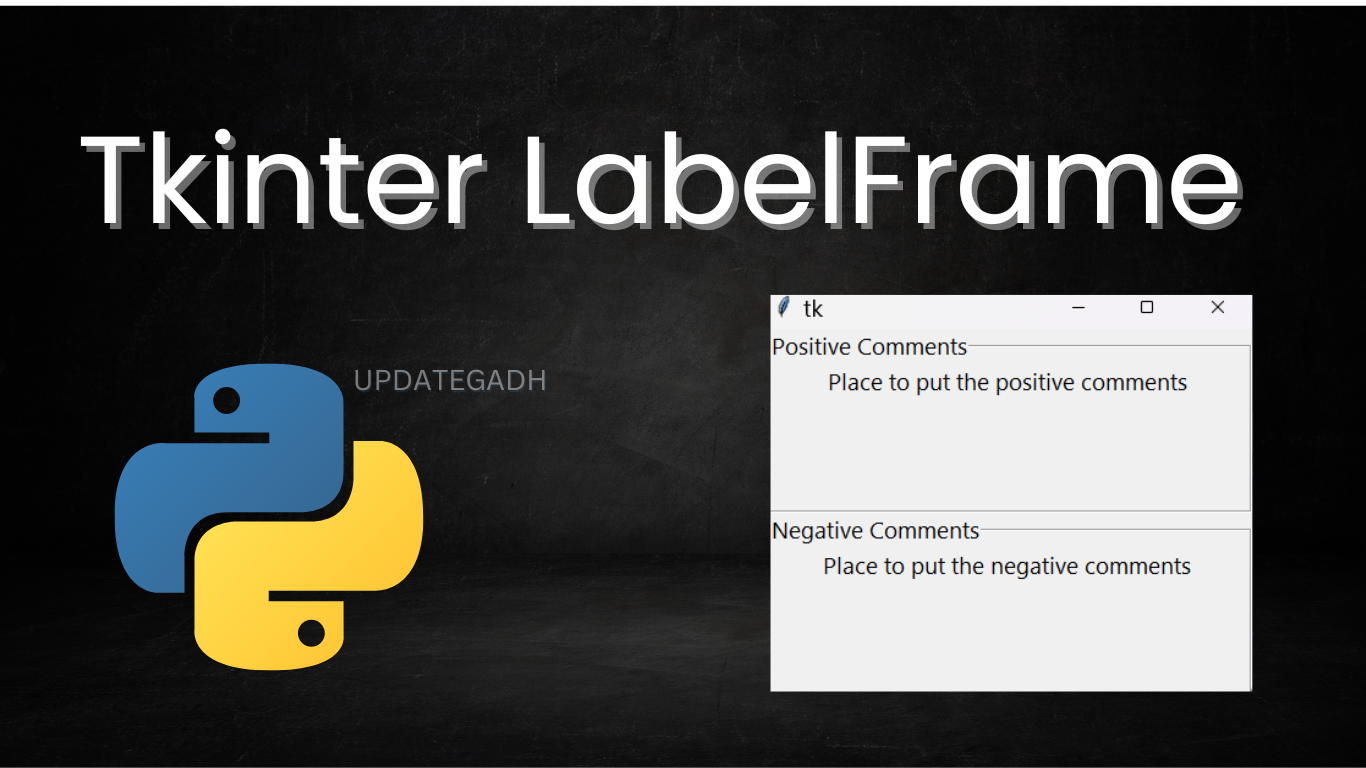
Chapter 3: Modules, Comments, and Pip in Python
Modules, Comments, and Pip in Python
Creating Your First Python Program
Start by creating a file called hello.py in your preferred text editor or Integrated Development Environment (IDE). Then, paste the following code into it:
# This is your first Python program
print("Hello, World!") # This line prints a message to the screen
To run this program, open your terminal, navigate to the directory containing your hello.py file, and type the following command:
python hello.py
You should see the text “Hello, World!” displayed on your screen. This simple exercise demonstrates how to create and execute a Python script.
Understanding Python Modules
Modules are one of the most powerful features in Python. They allow you to organize your code logically and reuse it across different programs.
What is a Module?
A module is a file containing Python code (variables, functions, classes) that can be imported and used in other Python programs. For example, Python’s standard library includes modules like math, datetime, and os, which provide functionality for mathematical operations, date and time manipulations, and interacting with the operating system, respectively.
Example: Using the math Module
import math
# Calculate the square root of a number
sqrt_value = math.sqrt(25)
print(f"The square root of 25 is {sqrt_value}")
# Calculate the sine of an angle
angle = math.radians(90)
sine_value = math.sin(angle)
print(f"The sine of 90 degrees is {sine_value}")
In this example, we import the math module and use its sqrt and sin functions to perform mathematical calculations.
Creating Your Own Module
You can also create your own modules by simply saving Python code in a file with a .py extension. For instance, if you create a file named mymodule.py with the following content:
# mymodule.py
def greet(name):
return f"Hello, {name}!"
def add_numbers(a, b):
return a + b
You can import and use this module in another Python file:
# main.py
import mymodule
# Use the greet function from mymodule
greeting = mymodule.greet("Alice")
print(greeting)
# Use the add_numbers function from mymodule
result = mymodule.add_numbers(10, 5)
print(f"The result of addition is {result}")
Introduction to Pip: Python’s Package Manager
Pip is an essential tool in Python for managing packages. It allows you to install and manage additional libraries that are not included in Python’s standard library.
Installing External Modules with Pip
To install an external module, you use the pip install command followed by the module name. For example, to install the Flask web framework, you would run:
pip install flask
Once installed, you can import Flask in your Python programs:
from flask import Flask
app = Flask(__name__)
@app.route("/")
def home():
return "Welcome to Flask!"
if __name__ == "__main__":
app.run(debug=True)
This snippet sets up a simple Flask web application that displays “Welcome to Flask!” when accessed in a web browser.
Using Python as a Calculator
Python can be used interactively as a calculator by entering expressions directly into the Python interpreter.
Example: Basic Arithmetic Operations
# Basic arithmetic operations
addition = 10 + 5
subtraction = 10 - 5
multiplication = 10 * 5
division = 10 / 5
exponentiation = 10 ** 2
print(f"Addition: {addition}")
print(f"Subtraction: {subtraction}")
print(f"Multiplication: {multiplication}")
print(f"Division: {division}")
print(f"Exponentiation: {exponentiation}")
This example demonstrates how to perform basic arithmetic operations using Python.
Comments in Python: Writing Readable Code
Comments are crucial for making your code understandable, especially when revisiting your code or sharing it with others. Python supports two types of comments: single-line and multiline comments.
Single-Line Comments
Single-line comments are used for brief explanations and are preceded by a # symbol.
# This is a single-line comment
x = 10 # Assigning the value 10 to variable x
Multiline Comments
For more extensive explanations, you can use multiline comments. In Python, multiline comments can be created using triple quotes (""" or ''').
"""
This is an example of a
multiline comment.
It can span multiple lines.
"""
Alternatively, you can use multiple single-line comments:
# This is an example of a
# multiline comment using
# multiple single-line comments.
- Complete Python Course : Click here
- Free Notes :- Click here
- New Project :-https://www.youtube.com/@Decodeit2
- How to setup this Project Complete video – Click here
Practical Exercise: Combining Concepts
Let’s combine everything we’ve learned so far into a simple Python script:
# calculator.py
import math
def calculate_circle_area(radius):
"""Calculates the area of a circle given its radius."""
return math.pi * radius ** 2
def main():
# Print a welcome message
print("Welcome to the Circle Area Calculator!")
# Get the radius from the user
radius = float(input("Enter the radius of the circle: "))
# Calculate the area
area = calculate_circle_area(radius)
# Display the result
print(f"The area of the circle is: {area}")
if __name__ == "__main__":
main()
Download Notes :- Click here
Practice Set:
Chapter 3 – Modules, Comments, and Pip
- Write a Python program to display the following text using the
printfunction:
Python is fun!
Let's learn Python together!
- Use Python REPL to calculate the sum of the first 10 positive integers.
- Install the
requestsmodule using Pip and use it to fetch data from a public API.- Fetch and print the current weather for a specific city using the OpenWeatherMap API.
- Write a Python program to list all files and directories in the current working directory using the
osmodule.- Research the appropriate function in the
osmodule to accomplish this task.
- Research the appropriate function in the
- Enhance the program you wrote for problem 4 by adding detailed comments.
- Label each section of your code with comments explaining what the code does.







Post Comment